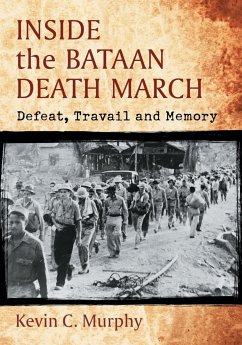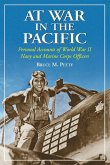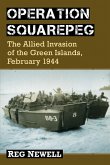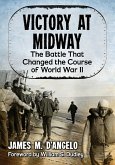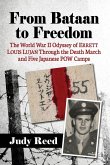For two weeks during the spring of 1942, the Bataan Death March--one of the most widely condemned atrocities of World War II--unfolded. The prevailing interpretation of this event is simple: American prisoners of war suffered cruel treatment at the hands of their Japanese captors while Filipinos, sympathetic to the Americans, looked on. Most survivors of the march wrote about their experiences decades after the war and a number of factors distorted their accounts. The crucial aspect of memory is central to this study--how it is constructed, by whom and for what purpose. This book questions the prevailing interpretation, reconsiders the actions of all three groups in their cultural contexts and suggests a far greater complexity. Among the conclusions is that violence on the march was largely the result of a clash of cultures--undisciplined, individualistic Americans encountered Japanese who valued order and form, while Filipinos were active, even ambitious, participants in the drama.

